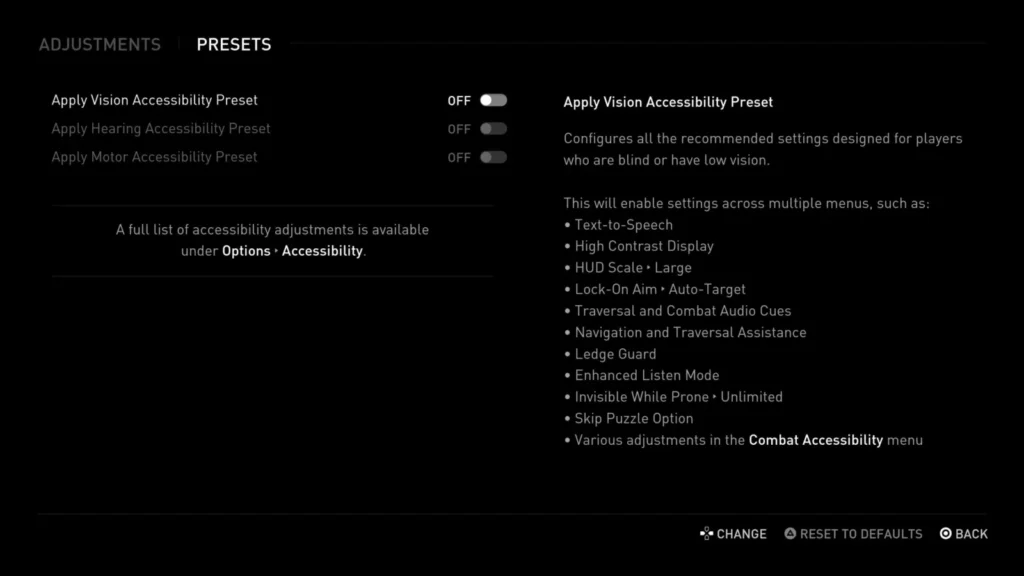
Video games have long been celebrated for their ability to transport players to other worlds. But for a long time, not everyone had equal access to those worlds. That’s changing fast. Over the past few years, accessibility in gaming has gone from a niche concern to a major design priority—and the results are making games better for everyone, not just players with disabilities.
Take The Last of Us Part II, widely praised for its 60+ accessibility features. These include options like high-contrast modes, custom subtitles, simplified controls, and even text-to-speech. Players who are blind, deaf, or motor-impaired have been able to fully experience the story and gameplay—some for the very first time. It was a landmark moment that proved accessibility and artistry can go hand in hand.

Other titles have followed suit. Forza Horizon 5 introduced on-screen sign language interpreters, while God of War: Ragnarök offers audio cues for navigation and combat. Even competitive games like Apex Legends now include colorblind options and remappable controls. These features don’t just benefit those with disabilities—they also help players who are new, recovering from injury, or simply prefer alternative play styles.
For developers, building accessible games requires coordination across teams—from UI and sound design to input systems and QA. This is where devops tools come into play. Streamlined development pipelines, continuous integration, and rapid testing help teams implement and refine accessibility options without bogging down production. With platforms like devops, studios can build smarter, faster, and more inclusively, ensuring accessibility isn’t treated as an afterthought.
The impact goes beyond individual games. The growing focus on accessibility is fostering a more welcoming culture across the industry. Events like the Game Accessibility Conference (GAConf) highlight innovation and raise awareness, while advocates and consultants are working directly with studios to set new standards.
Importantly, accessibility is becoming a selling point. Gamers are taking notice—and making purchasing decisions based on how inclusive a title is. Reviews now regularly mention accessibility features alongside graphics and performance.
Perhaps the most powerful part of this movement is its reminder of gaming’s original promise: that anyone can play, explore, and enjoy. When developers take the time to consider all players, the result is a richer, more thoughtful game for everyone.
As accessibility continues to evolve, it’s not just changing who can play—it’s changing how we define great game design in the first place.








